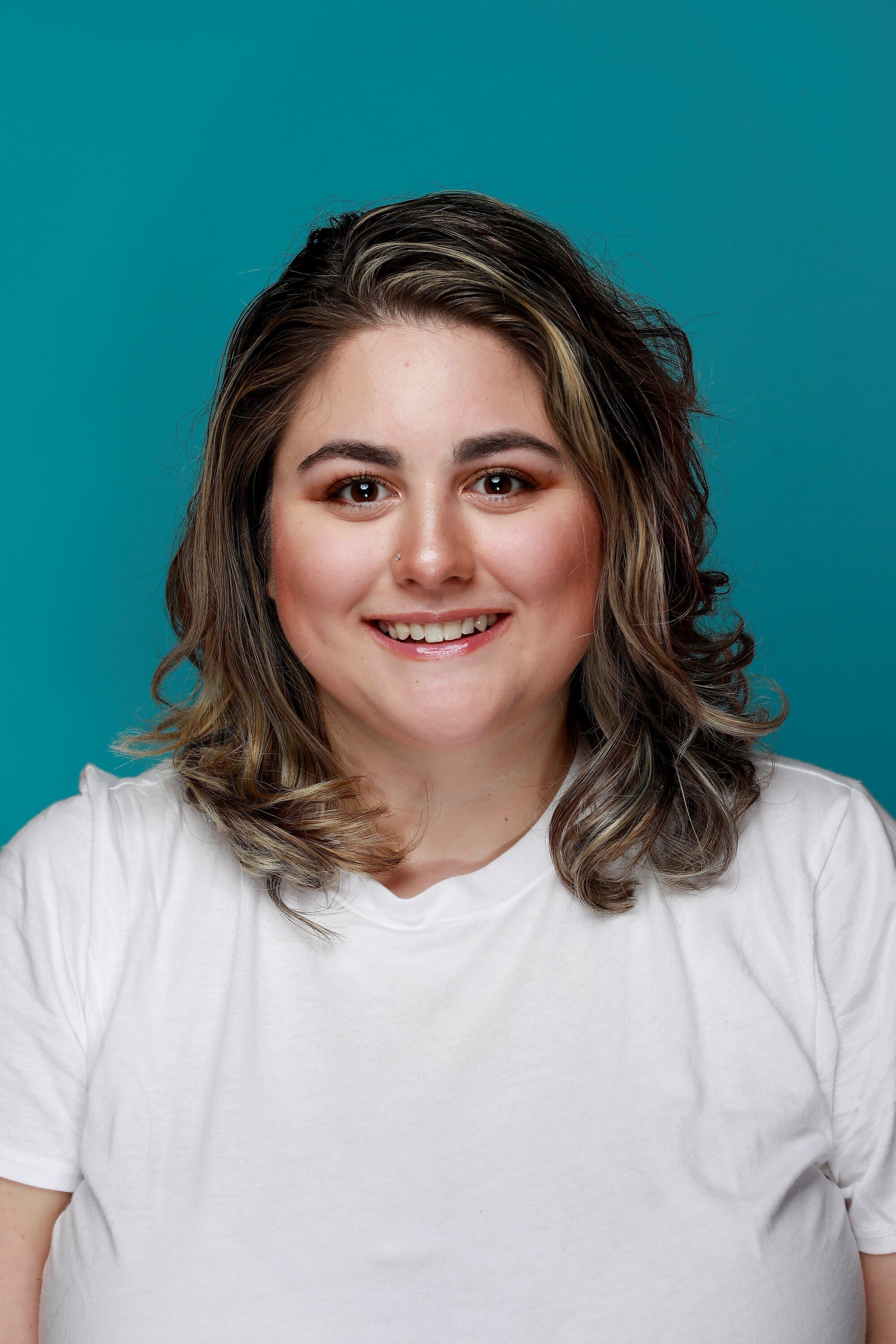
Press Releases


3
Min Read
Sigmetrix To Be Sponsors at 3D CIC 2025
Attendees will explore how Sigmetrix can help maximize the return on their MBD/MBE investment and capture, ...

Danielle DePaolo
Feb 26, 2025 4:30:26 PM

2
Min Read
Sigmetrix To Be Sponsors at 3DEXPERIENCEWORLD 2025
Attendees will be able to explore how Sigmetrix can improve profitability by balancing product quality with ...

Danielle DePaolo
Feb 19, 2025 12:04:48 PM

2
Min Read
Sigmetrix Launches VariSight v1.0 for Enterprise Variation Management
VariSight v1.0 is the initial release of a new product for enterprise-wide management of mechanical variation ...

Danielle DePaolo
Feb 12, 2025 4:47:56 PM

3
Min Read
Sigmetrix To Be Sponsors at the PTC/User Group Global Summit 2025
Attendees will be able to explore how Sigmetrix can help them maximize the return on their MBD/MBE investment ...

Danielle DePaolo
Jan 22, 2025 2:16:47 PM

3
Min Read
Sigmetrix CETOL v12 3D Tolerance Analysis Software Now Available!
CETOL 6σ v12.0 tolerance analysis software is now directly integrated with NX.

Danielle DePaolo
Jan 20, 2025 2:49:01 PM

